Why Prefab Construction Is Greener Than RCC Construction
When it comes to construction, one of the most important factors to consider is the environmental impact of the building process. According to the Global Status Report for Buildings and Construction Published by the United Nations, the construction sector is responsible for 37% of carbon emissions and 36% of global final energy consumption. To mitigate and curb the escalating environmental impact of construction, sustainable construction alternatives such as prefab homes have gained significant traction in recent years. In this blog, we will delve into the various reasons why prefabricated houses or structures are greener than Reinforced Cement Concrete (RCC) buildings.
Less Usage of Fresh Water
Prefab construction uses less fresh water than conventional RCC construction methods. In RCC construction, cement and concrete are used extensively in the foundation and the above-ground structure. Thus, large volumes of water are needed for the mixing and curing of cement. Whereas in prefab construction, cement is mainly used in the foundation, and construction above ground does not use any cement or concrete, so there is no requirement for excessive water in the drying and curing process.
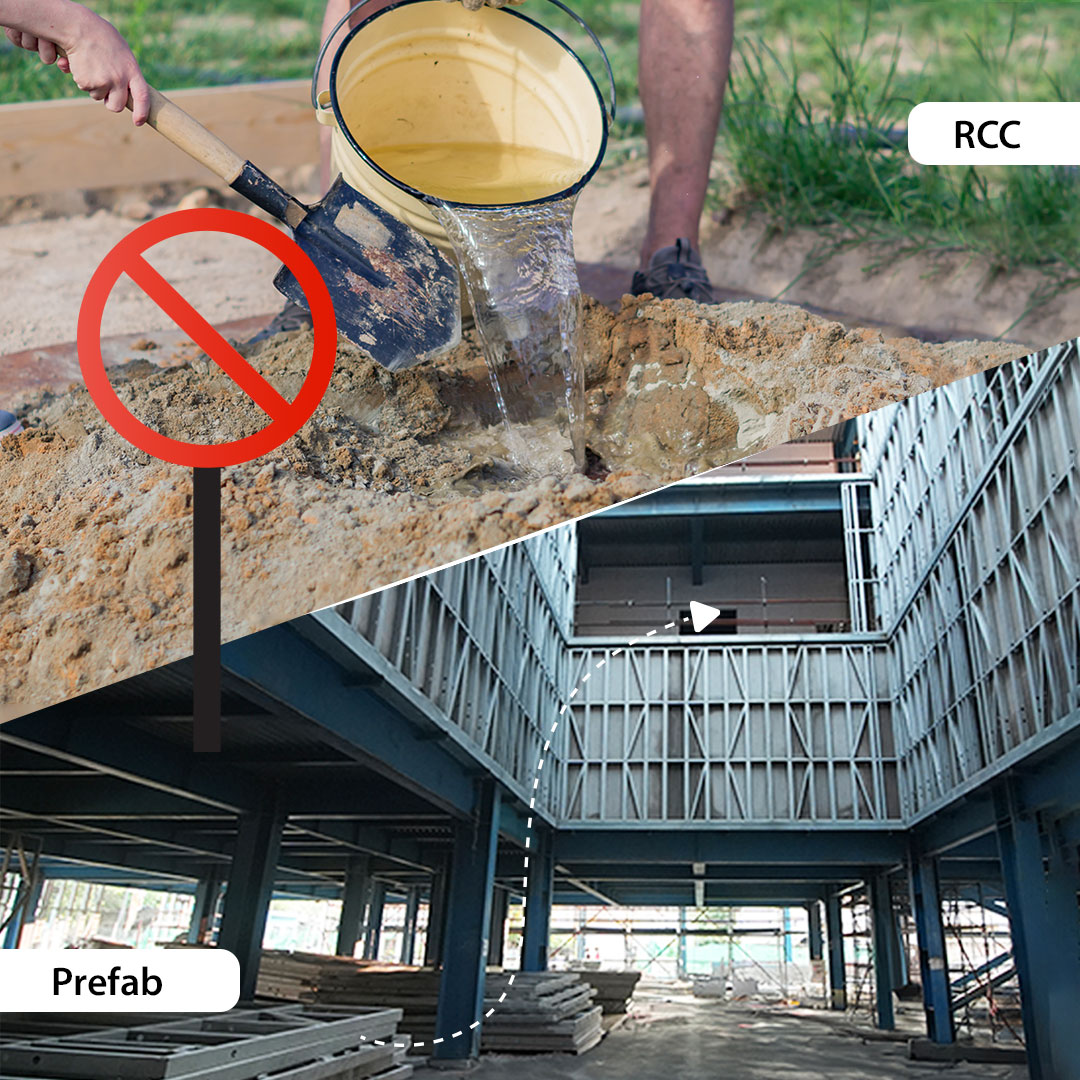
Nest-In from the house of Tata Steel, a top prefabricated construction solution provider in India, offers solutions that consume 48% less fresh water than traditional building methods in the prefab construction process.
Reduced Carbon Footprint
Green construction practices like prefab homes and offices are becoming increasingly popular due to their minimal carbon footprint. Compared to traditional construction methods, prefab construction uses less heavy machinery, as most of the construction takes place under a factory-controlled environment, resulting in a substantial reduction in carbon emissions. Precision technology used in the factory production process ensures minimal construction waste, leading to more efficient and faster construction.
Additionally, the transportation of materials to and from the site is significantly reduced. For Nest-In’s prefab construction solutions like HabiNest and Nestudio, all the components of the structure are manufactured in a factory, and transported to the site only for final assembly. For Nest-In’s construction solutions that use modular technology, offered through MobiNest, EzyNest, and ChargeNest, the entire structure is made in the factory, and transported to the site only for final installation, and electrical and plumbing connections. This further promotes an eco-friendly construction process that has 53% less greenhouse gas impact than RCC construction methods.
Less Material Sources
Prefab construction is all about doing more with less. It eliminates the need for excessive RCC construction materials like bricks and heavy machinery, reducing the environmental strain on raw material sources. This aligns with the principles of sustainable construction, promoting responsible resource management. In India, the demand for sustainable living solutions is increasing, and eco-friendly constructions such as Nest-In's HabiNest, MobiNest & Nestudio offer a promising path to a greener future. With efficient resource use, reduced water consumption, and lower carbon footprint, prefabricated homes are an attractive choice for environmentally conscious individuals. For instance, Nest-In's sustainable construction solution HabiNest utilises 65% fewer material resources compared to traditional RCC construction.

Also Read:- HOW PREFAB CONSTRUCTION TECHNOLOGY HELPS IN RESPONSIBLE USE OF RESOURCES
Prefab construction is a beacon of hope for the construction industry, offering a greener alternative to traditional RCC construction. It reduces water usage, resource consumption, and greenhouse gas emissions, underscoring its environmental benefits. Prefab homes symbolise responsible and green construction practices, paving the way for a healthier planet as we move towards a sustainable future.
Posted in Nest-In on Dec 05, 2023.
Contact Us
Recent Post
Climate-Resilient Construction: The Growing Demand For Weather-Ready Prefab Spaces
Stylish Modular Spaces Built for Every Terrain
How We Built Strong & Efficient Rolling Mill Main Pulpits In Ludhiana, Punjab
Climate Is Changing. Our Buildings Must Too: How Prefab Creates A Greener, Safer Future
Built for Emergencies: Why Modular Construction Is Ideal for Rapid Disaster-Relief Infrastructure
Category
- Nest-In 108
- HabiNest 65
- MobiNest 124
- Nestudio 28
- EzyNest 21
- Smart EzyNest 6
- ChargeNest 7
- Covid Offerings 4
- Brand 7







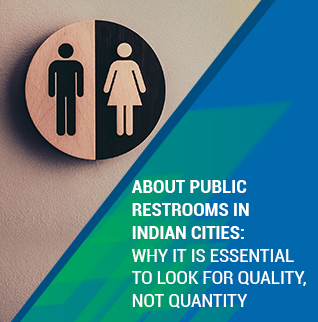


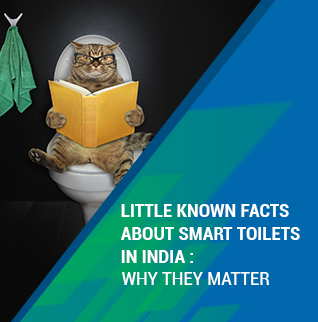
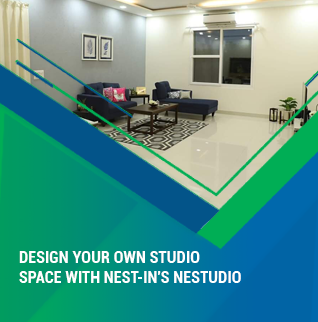






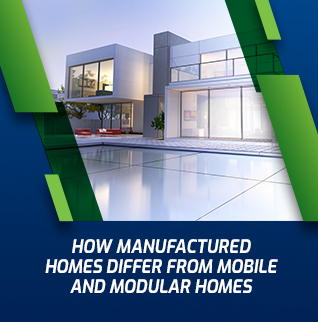
























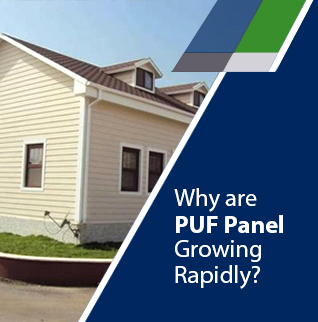




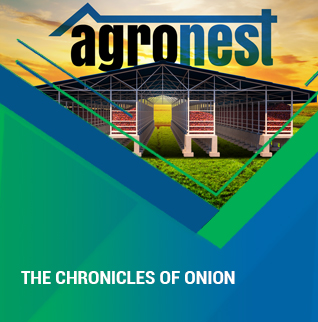

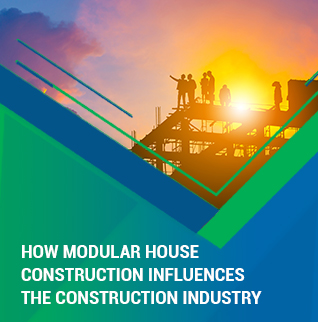







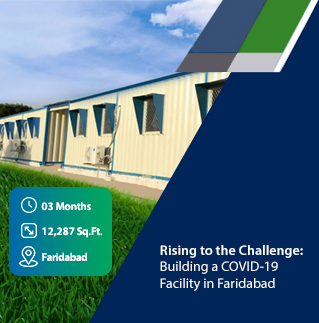




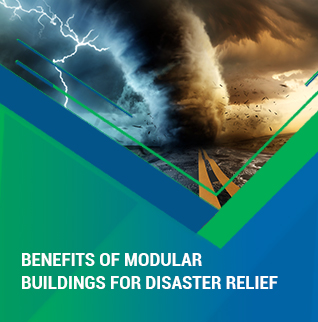

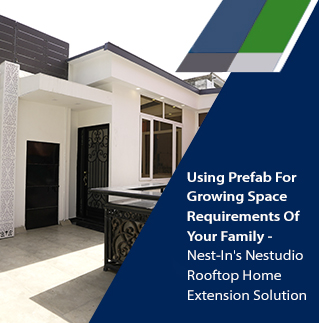




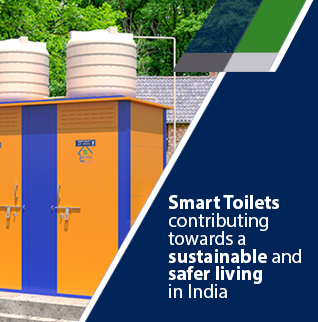







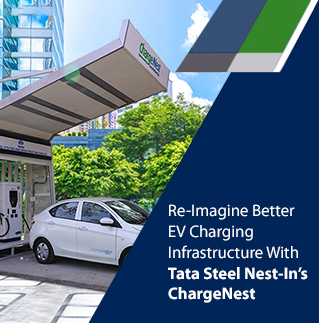




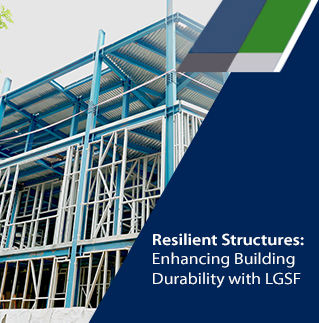

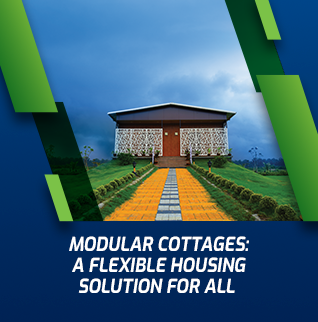












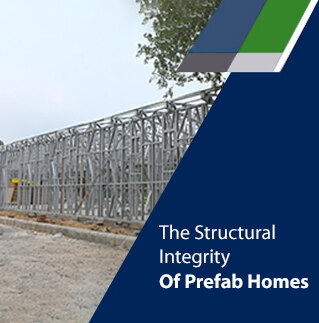















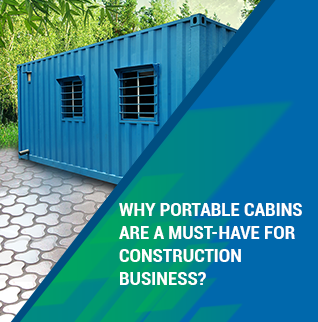

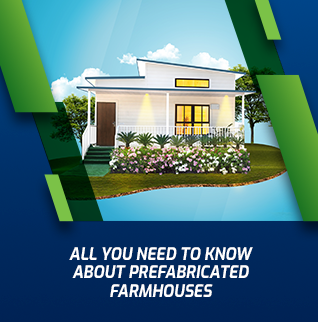
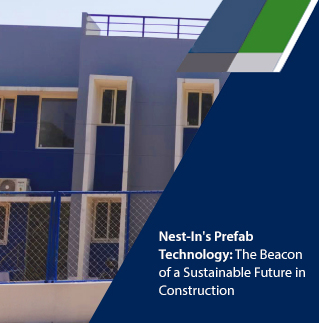




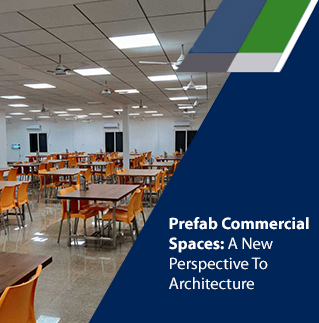
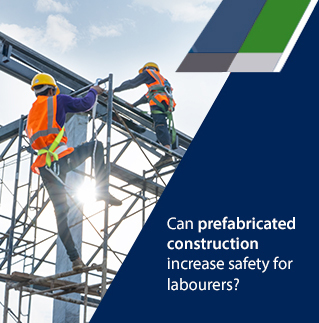












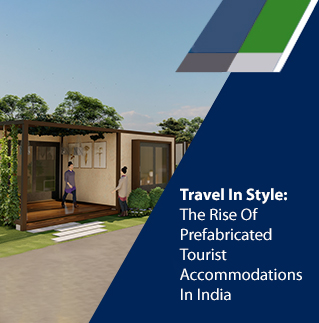




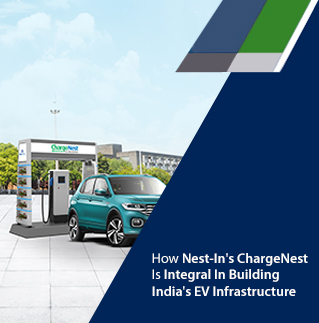
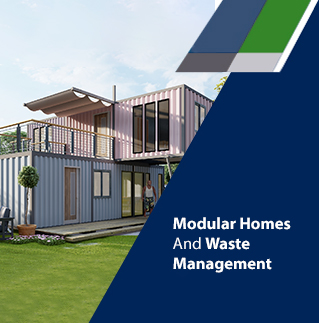






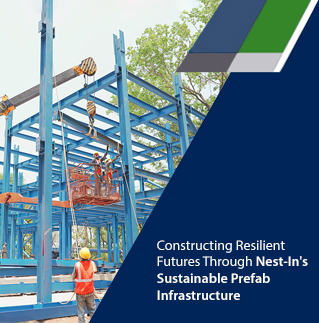




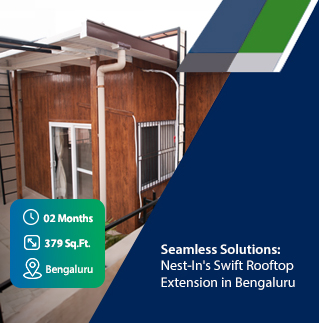







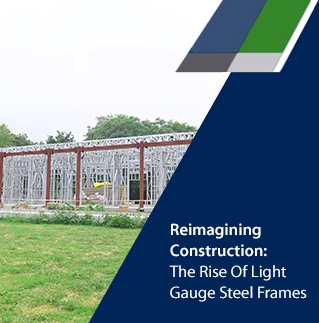


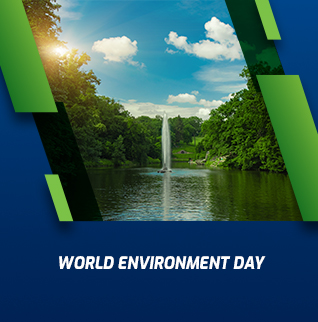








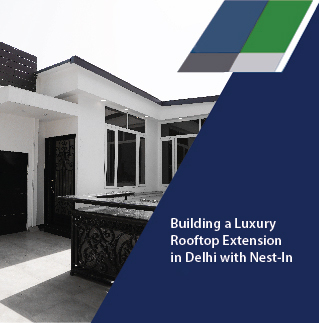














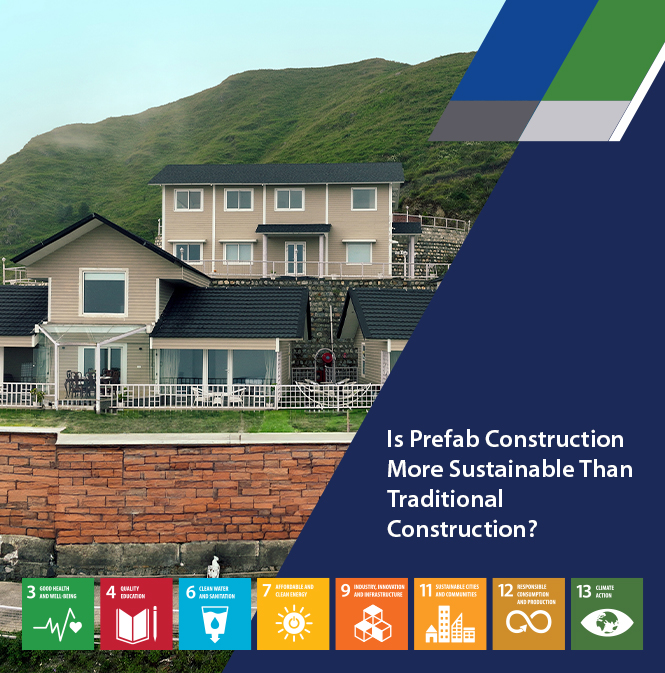
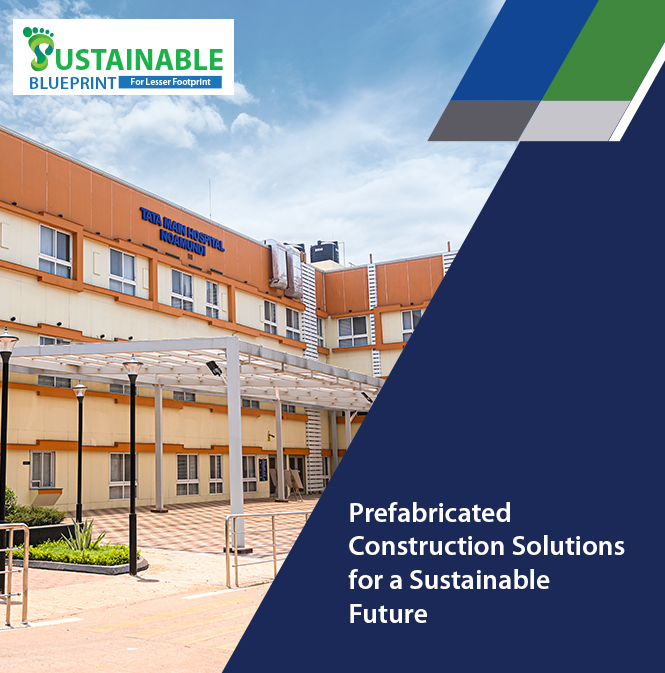
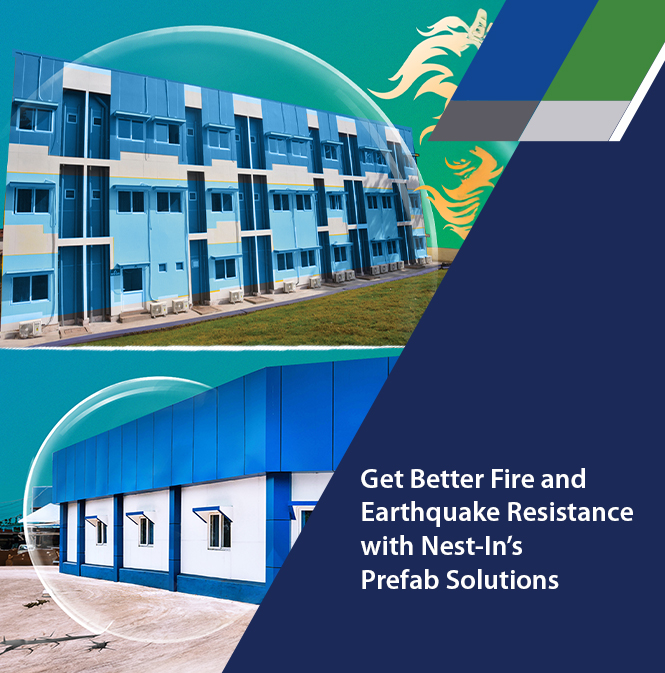












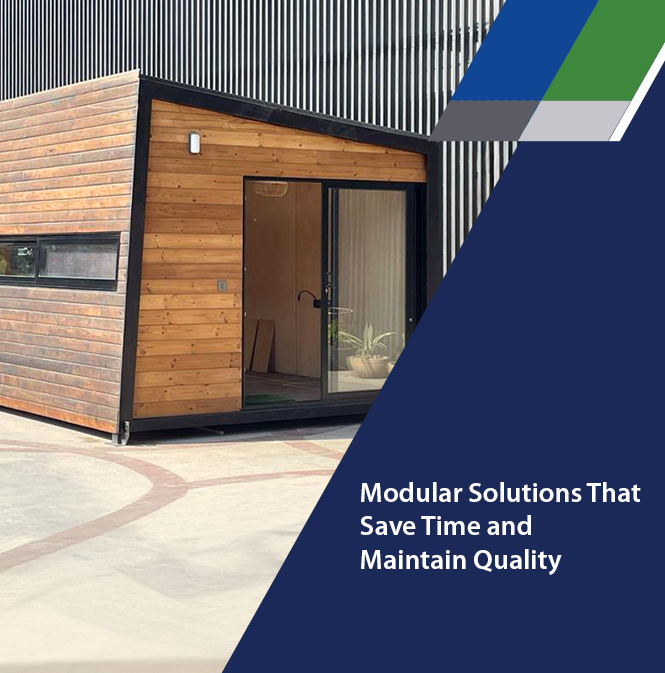



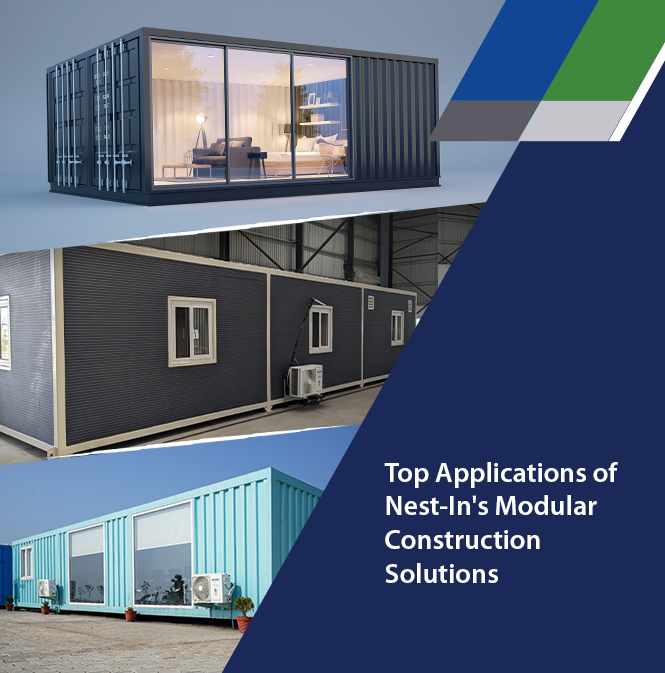






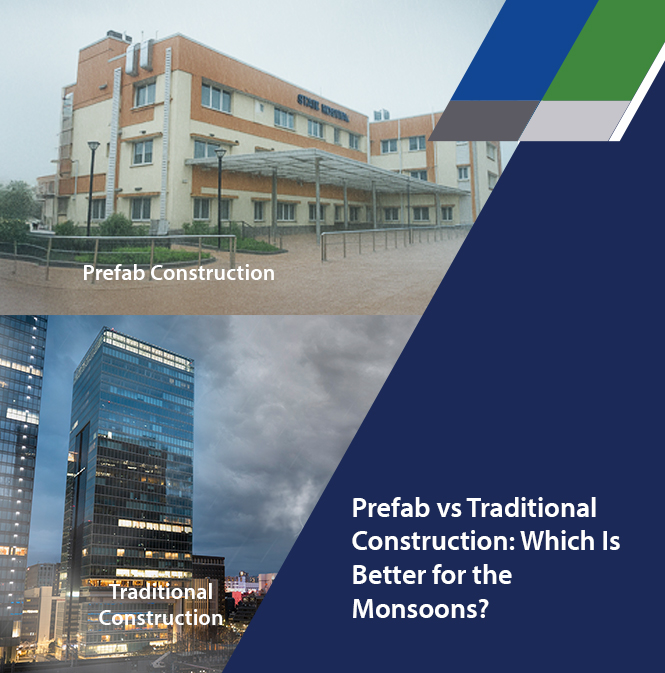




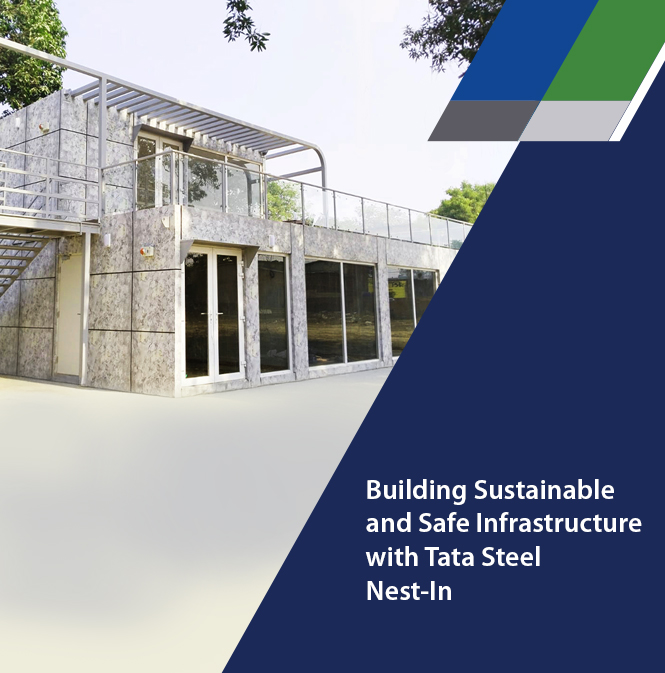





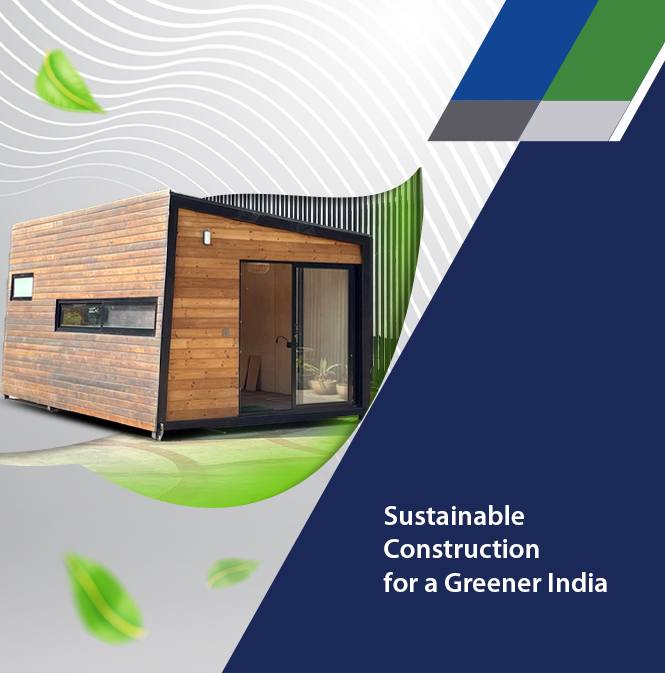
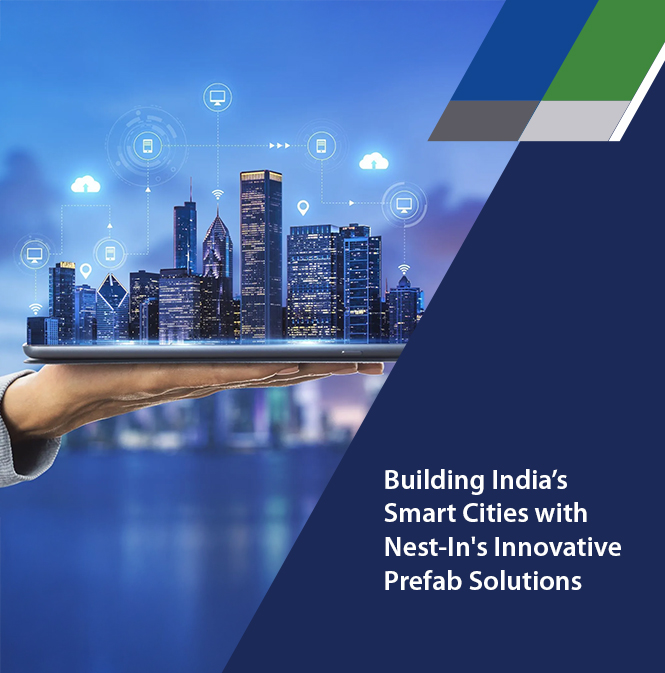
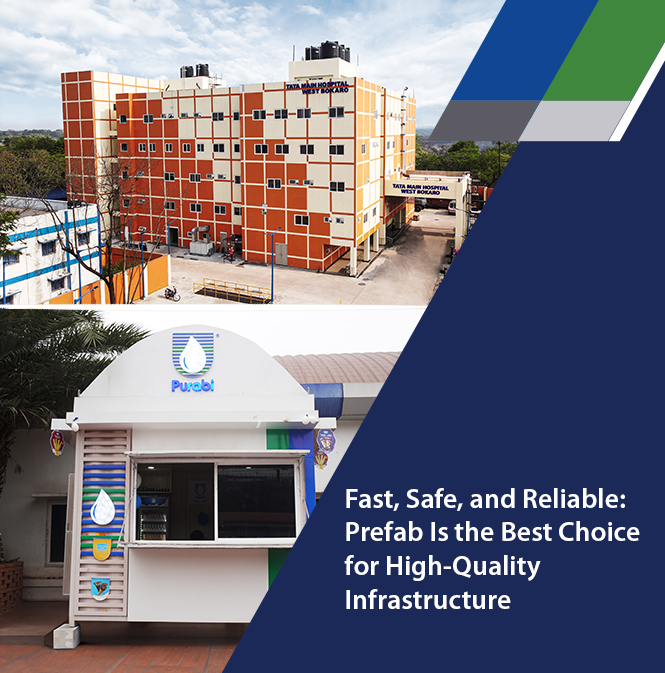

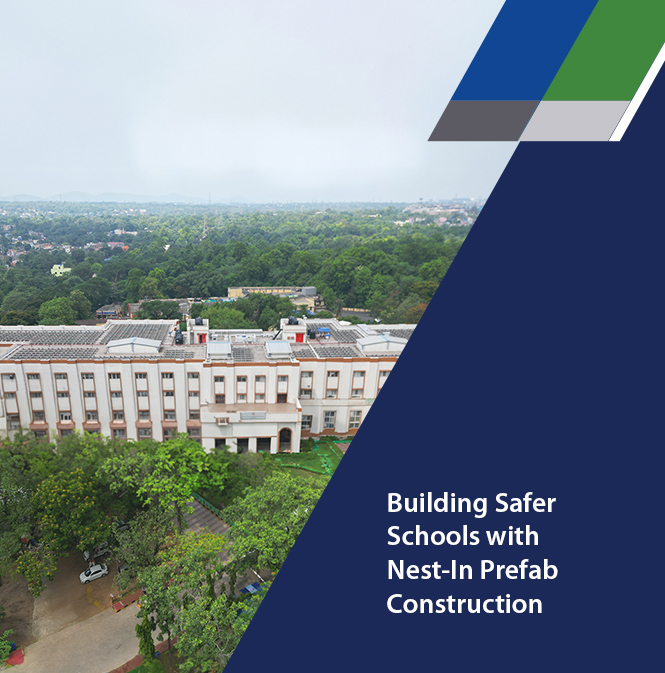
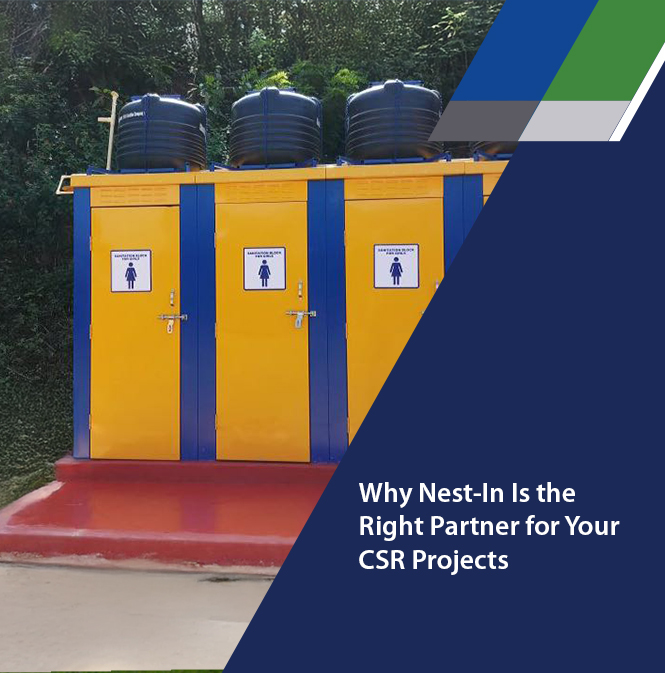

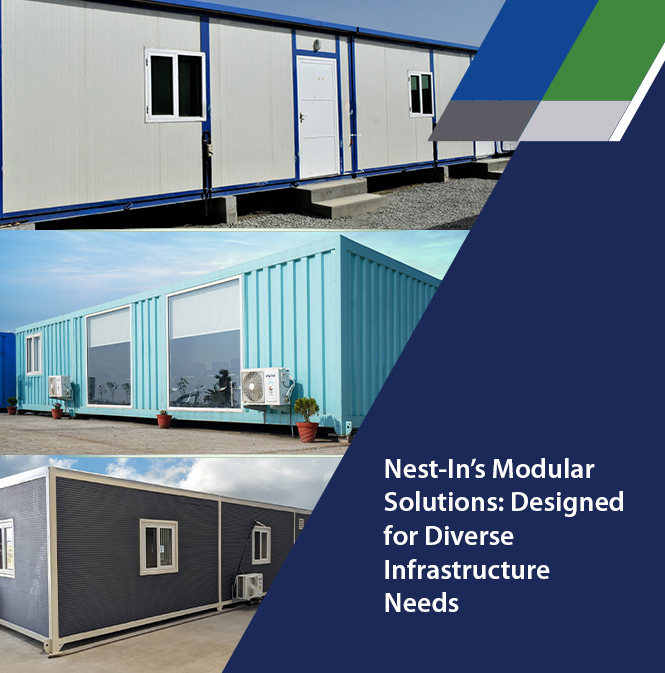




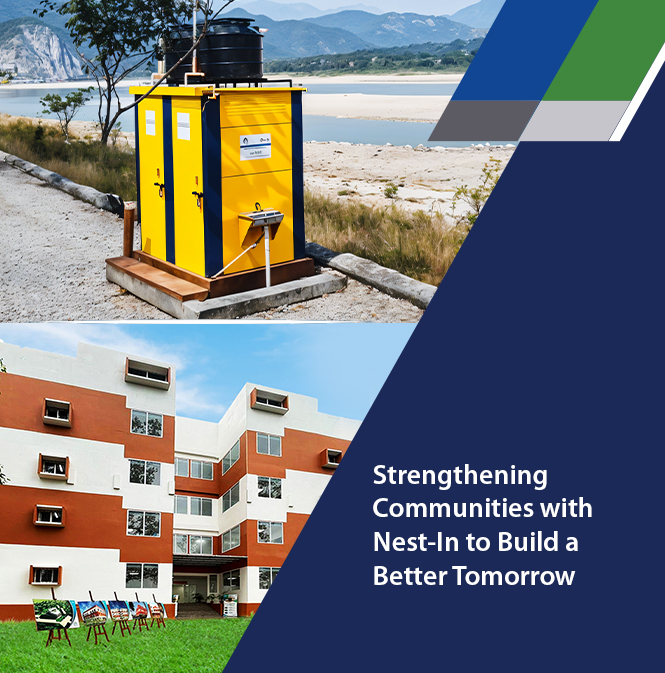


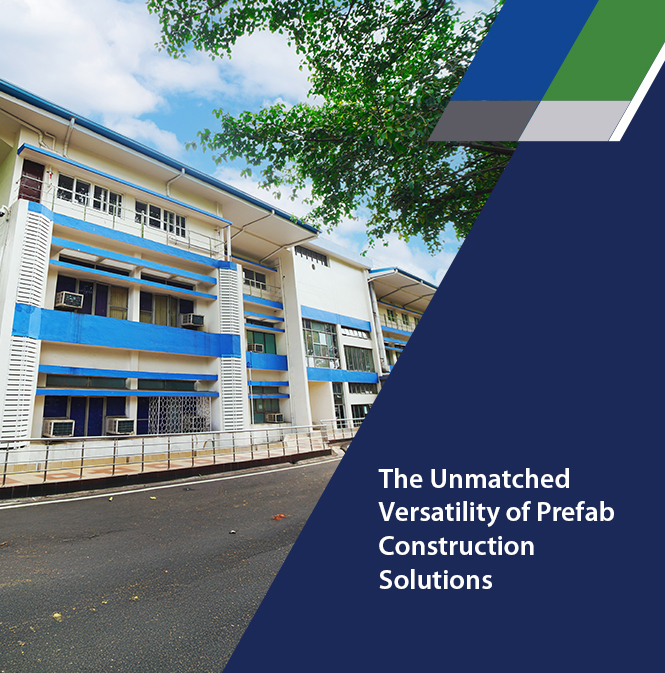


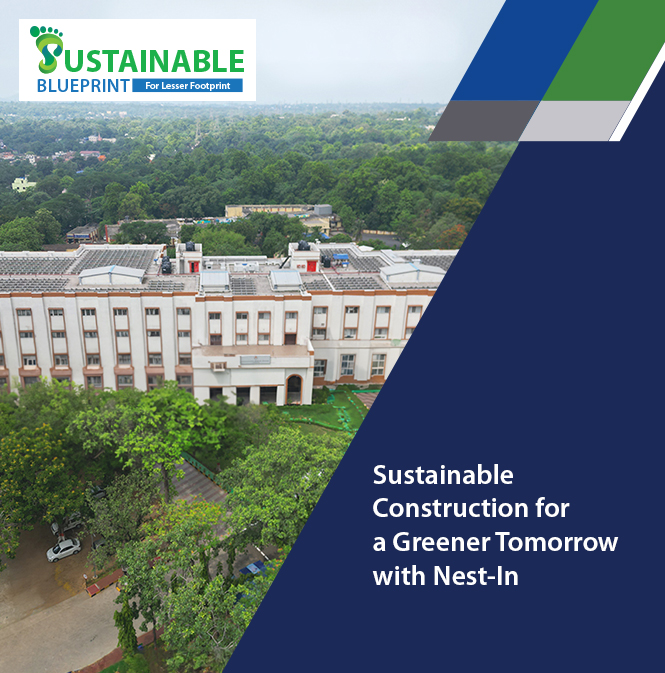





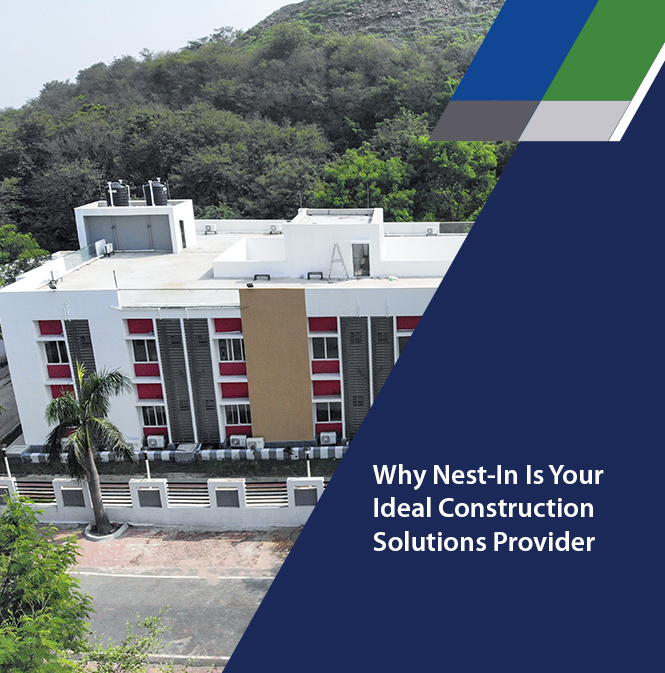
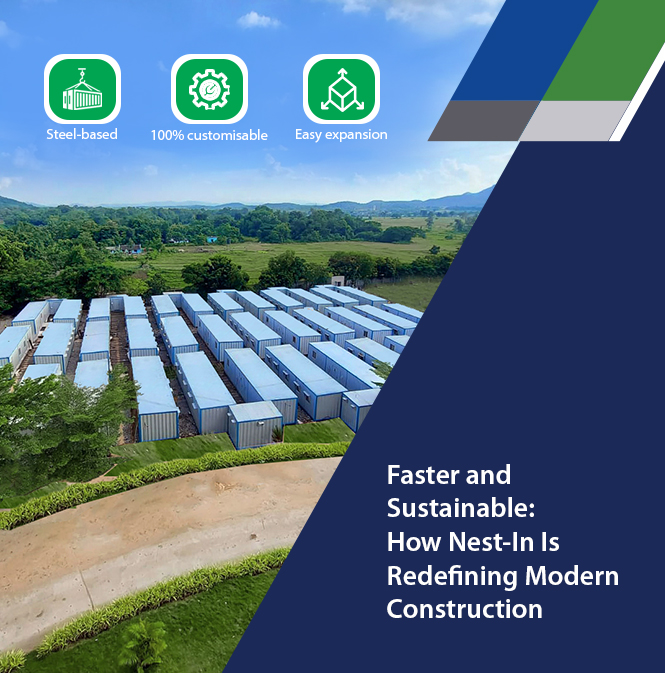
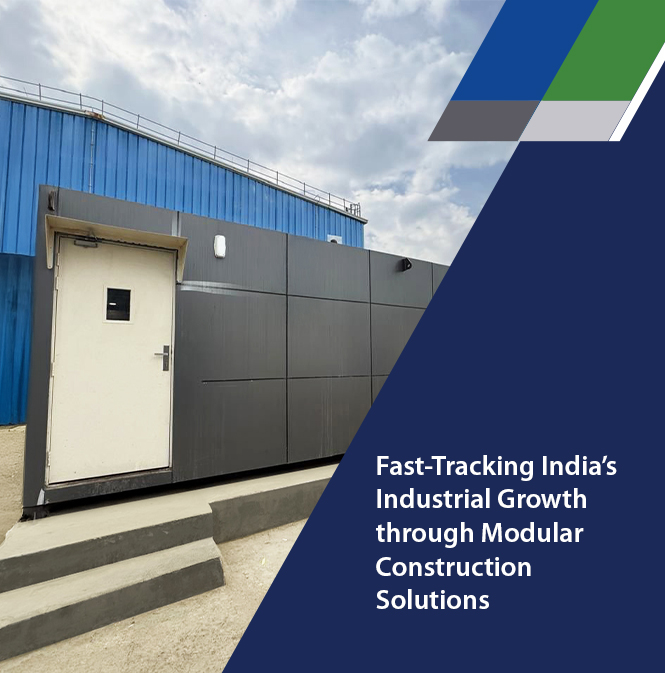


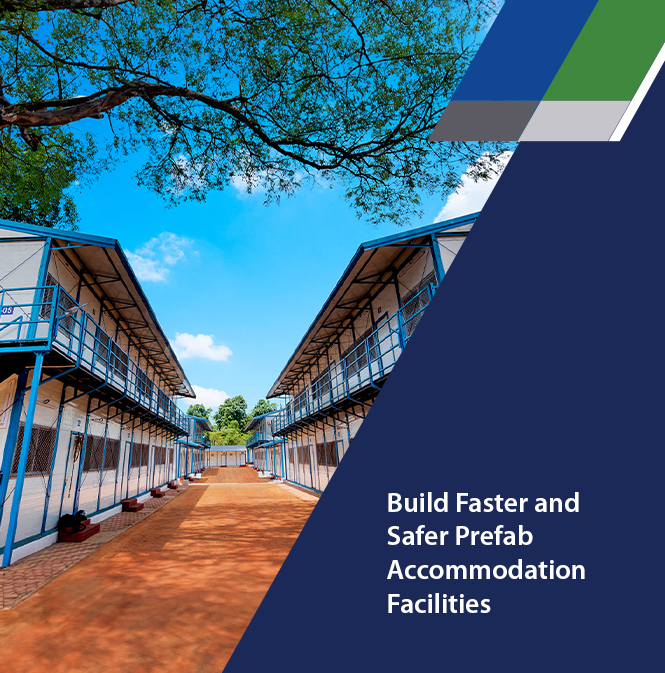









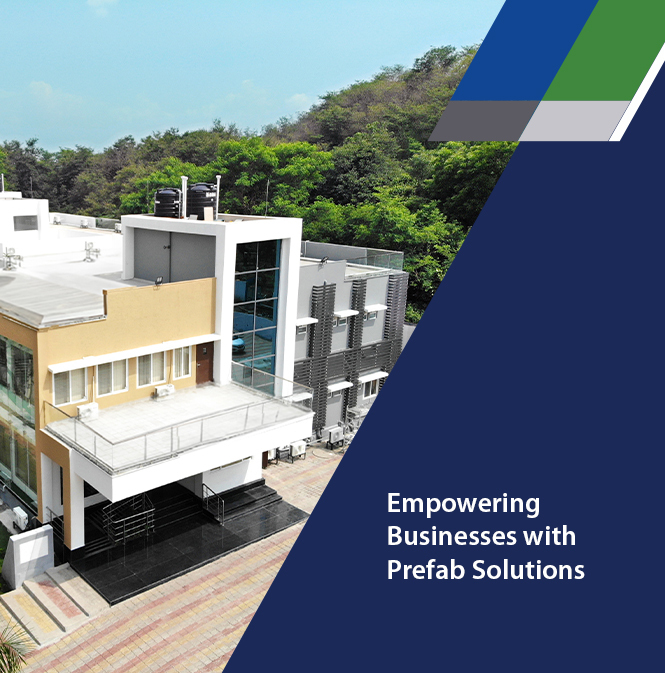




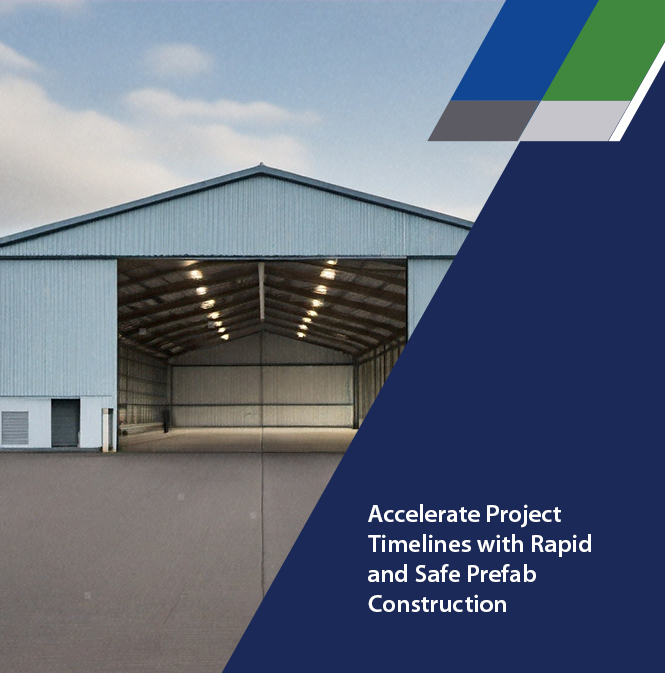


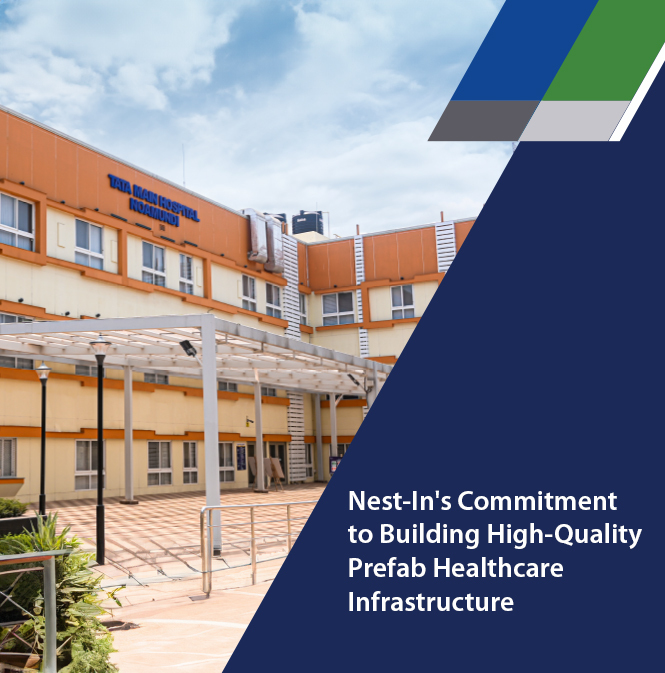


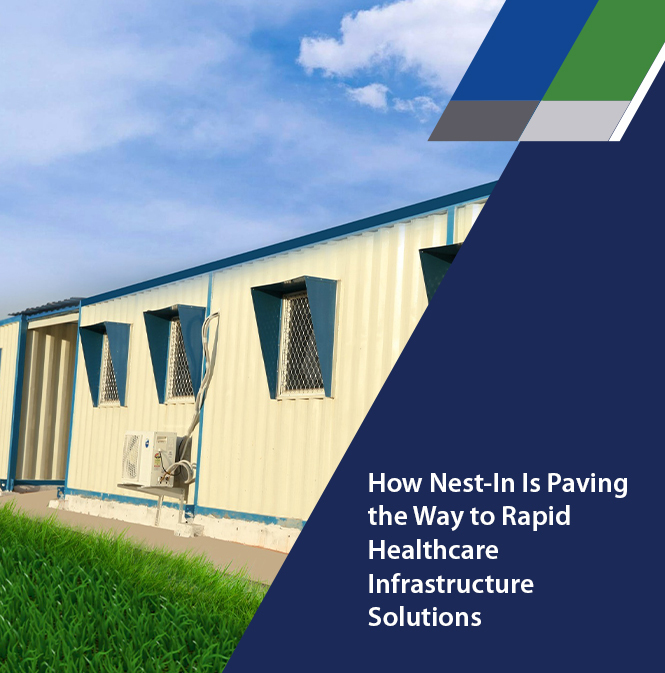







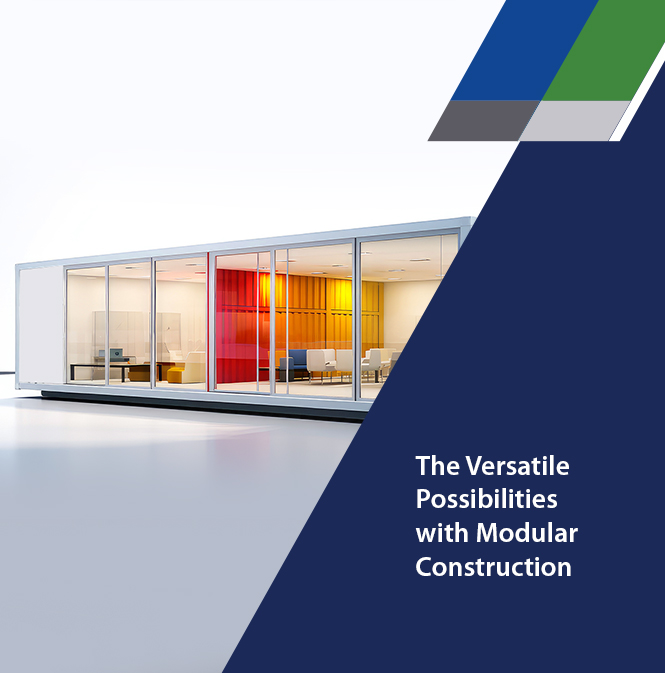
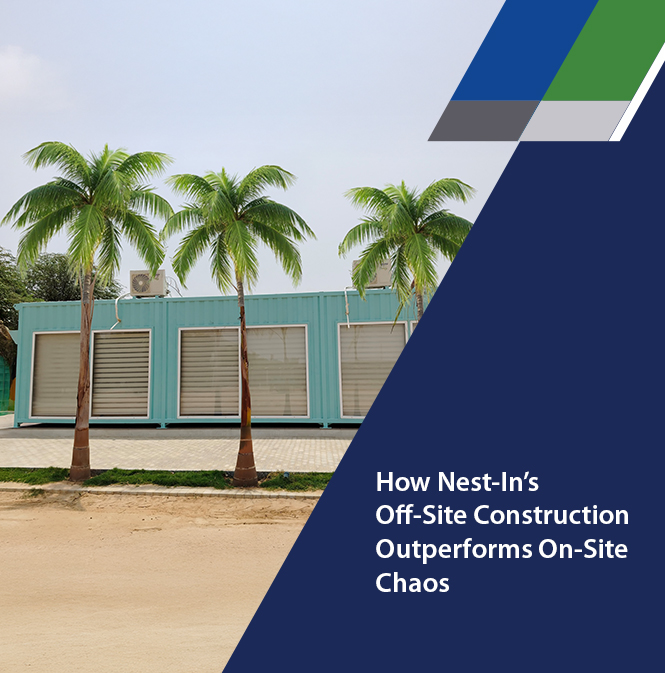
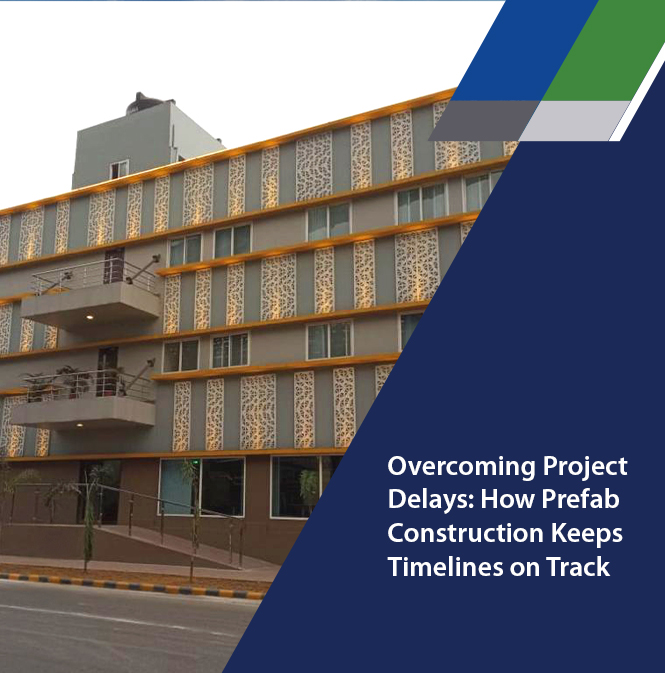


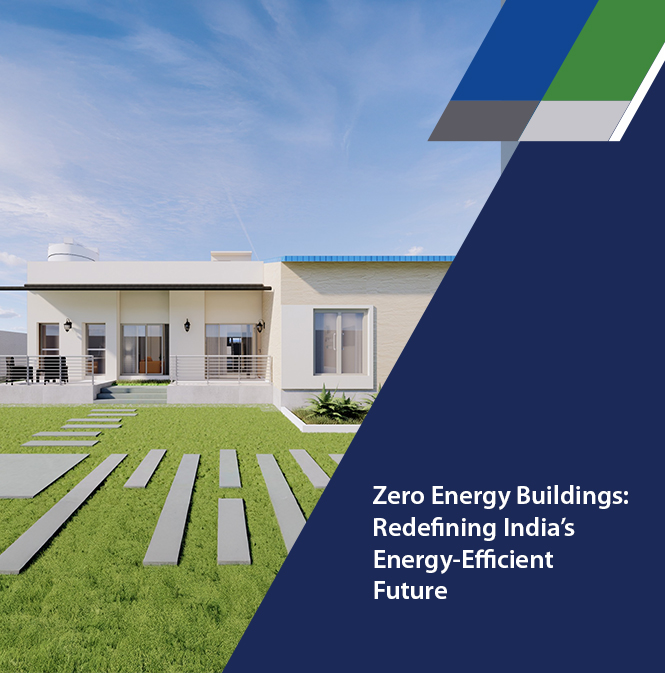






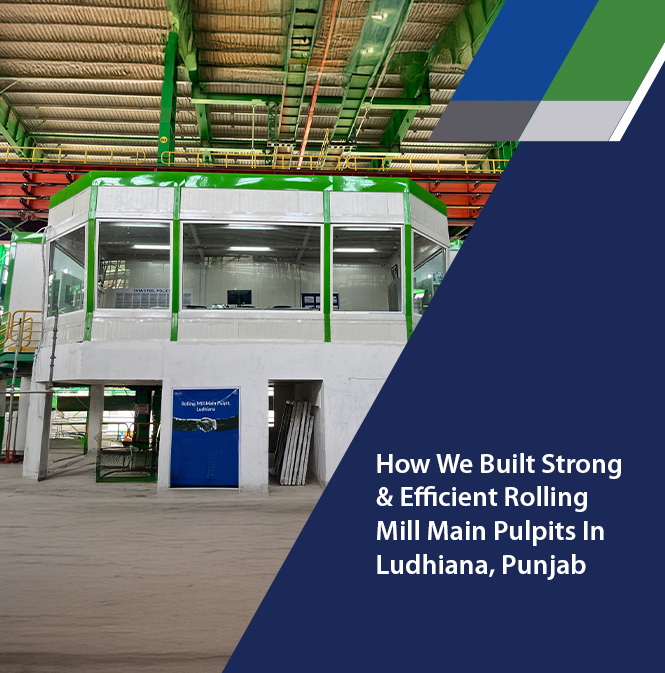
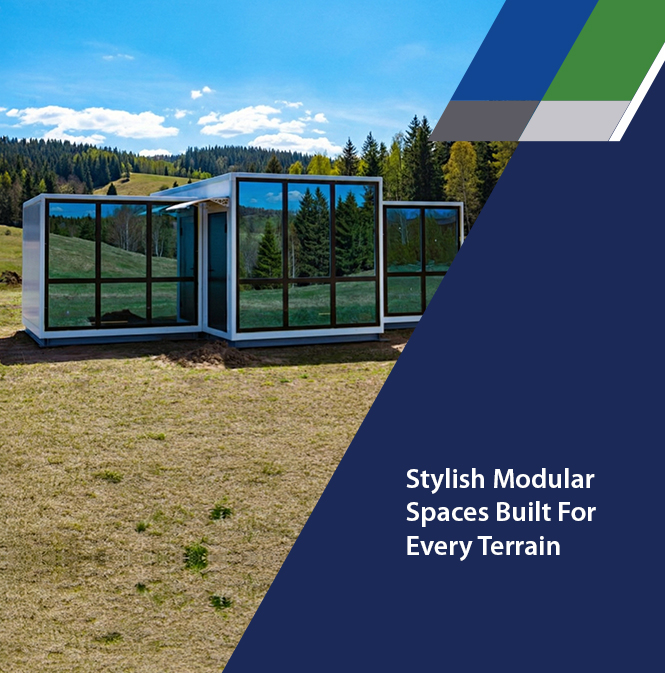



Add comment